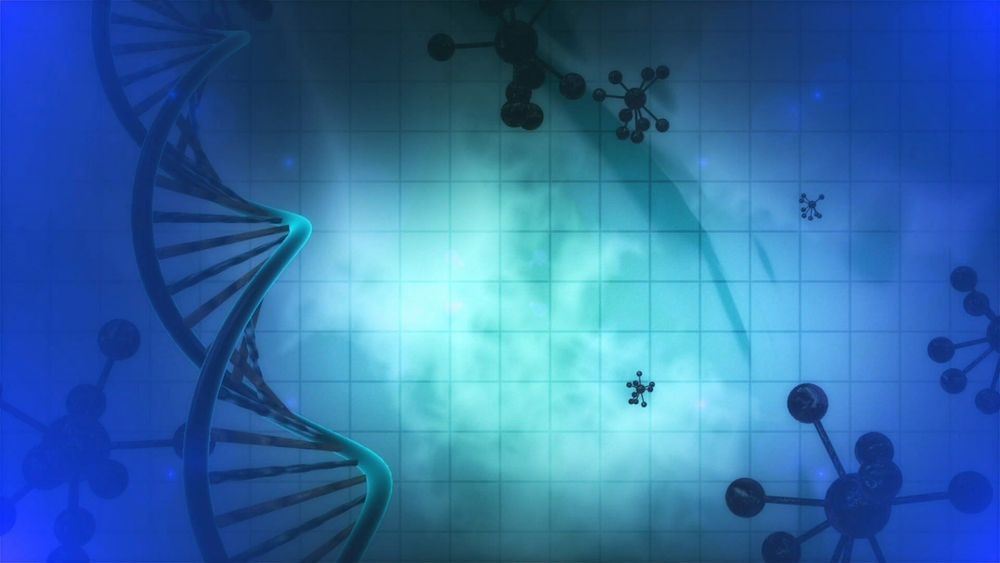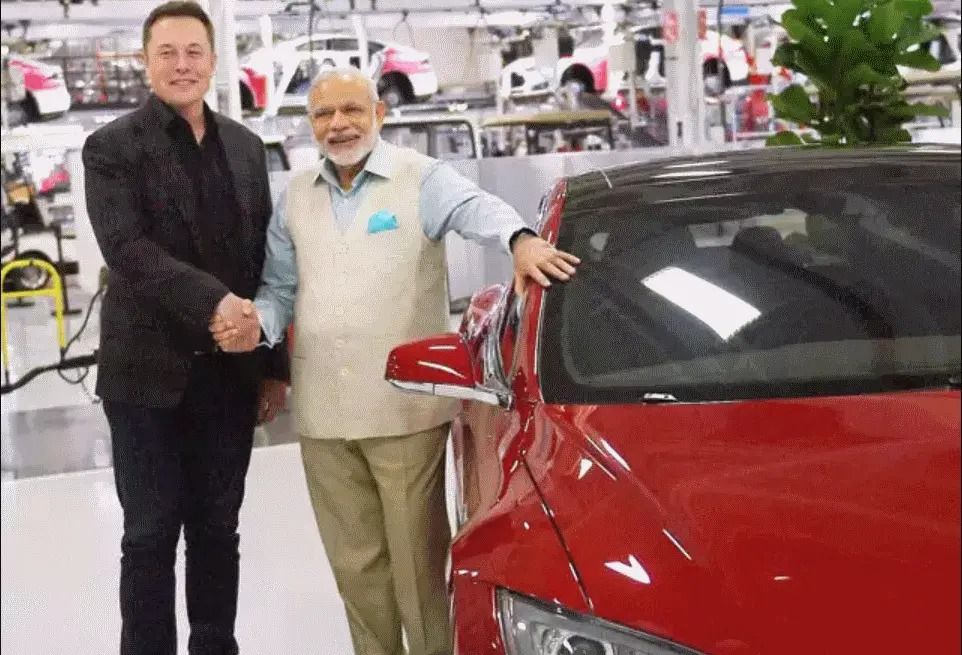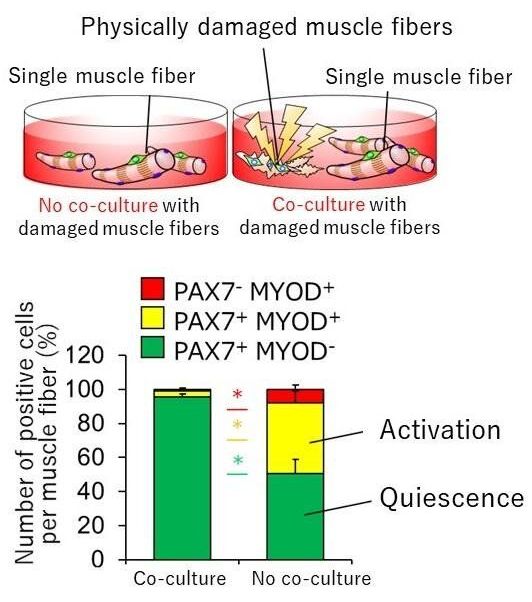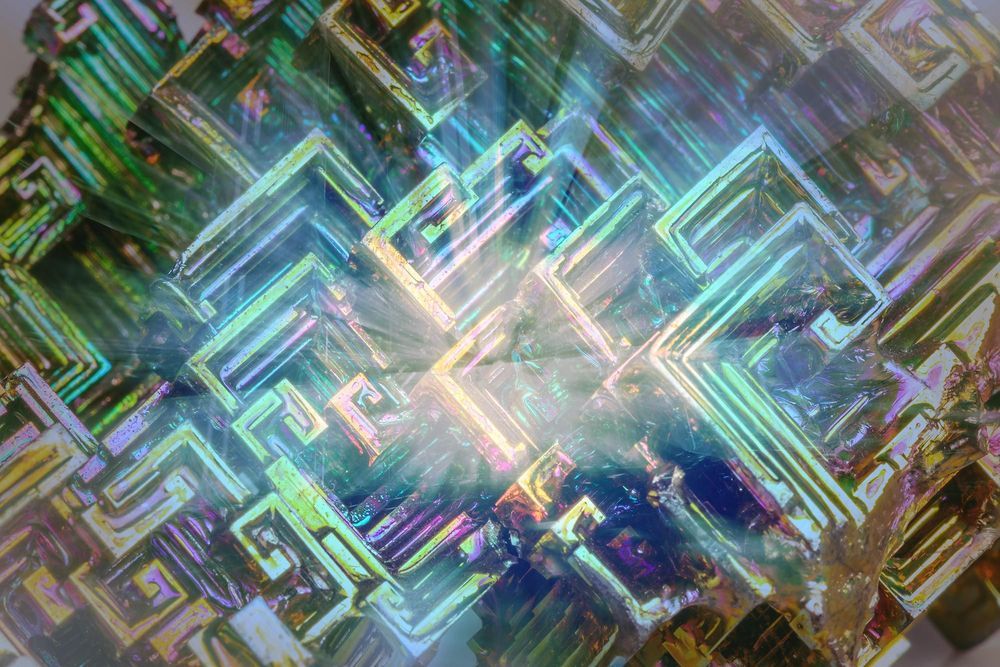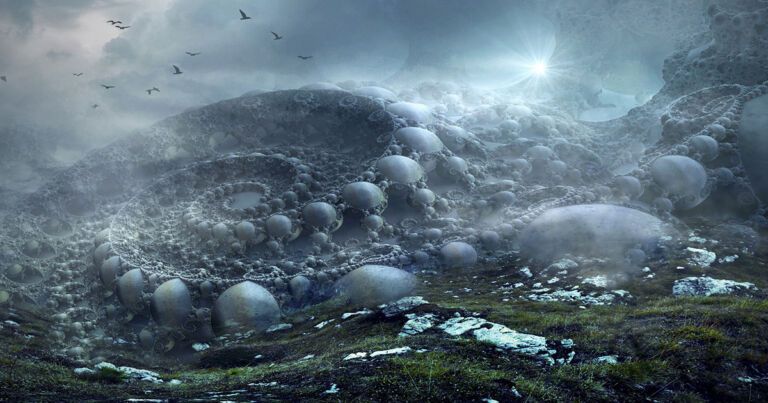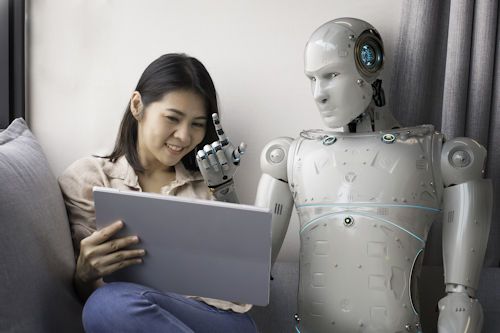Oct 13, 2020
Higher doses of vitamin D slowed progression of frailty in older mice, preclinical study shows
Posted by Kevin Huang in categories: biotech/medical, life extension
When it comes to vitamin D, most adults exhibit either frank deficiency, which results in clear clinical symptoms, or insufficiency, which often goes undetected. But how that insufficiency impacts physical health and the vulnerability of older adults to frailty as they age has been difficult to determine.
Now a University at Buffalo study of 24–28–month-old mice, the equivalent of 65-to-80-year-old adults, has found that frailty can be slowed with what might be considered “over” supplementation with vitamin D, referred to as “hypersufficiency.”
Published Sept. 30 in Nutrients, the research builds on previous work that Kenneth L. Seldeen, Ph.D., first author and research assistant professor in the Department of Medicine in the Jacobs School of Medicine and Biomedical Sciences at UB, has been conducting for more than a decade with colleague Bruce R. Troen, MD, professor of medicine and chief of the Division of Geriatrics and Palliative Medicine and director of the Center for Successful Aging, both in the Jacobs School.

